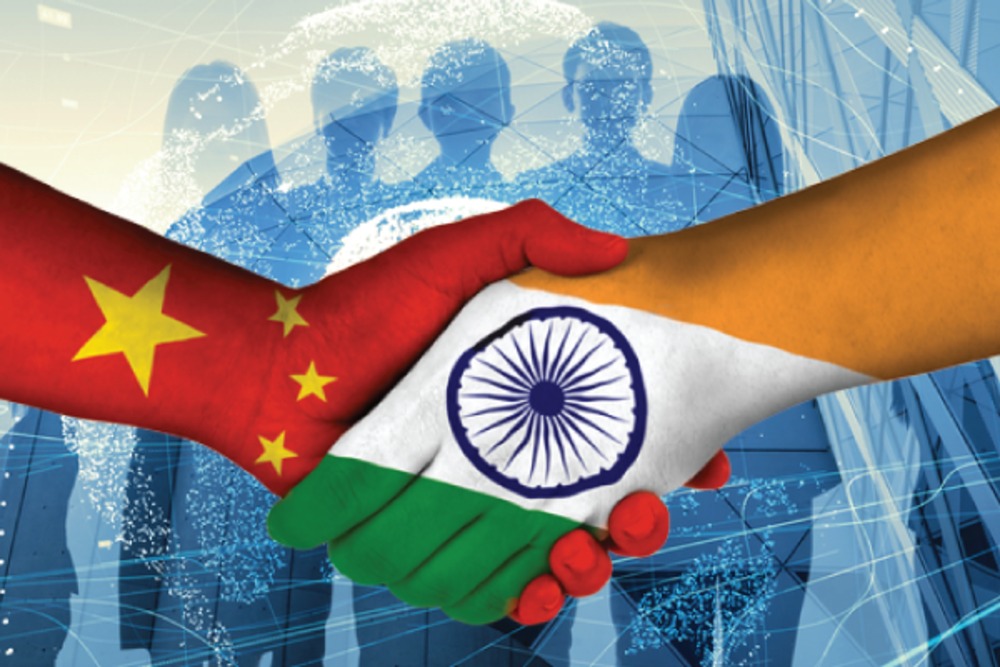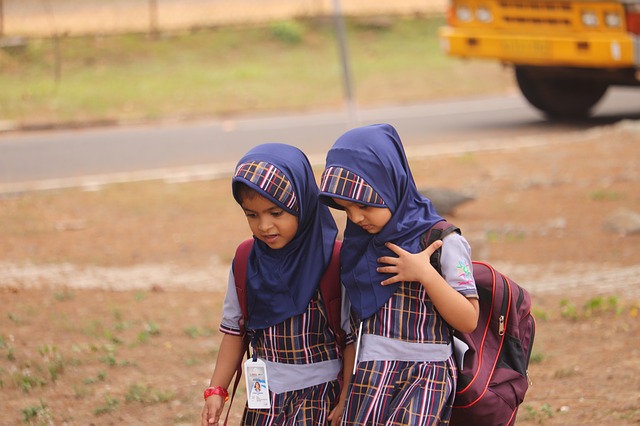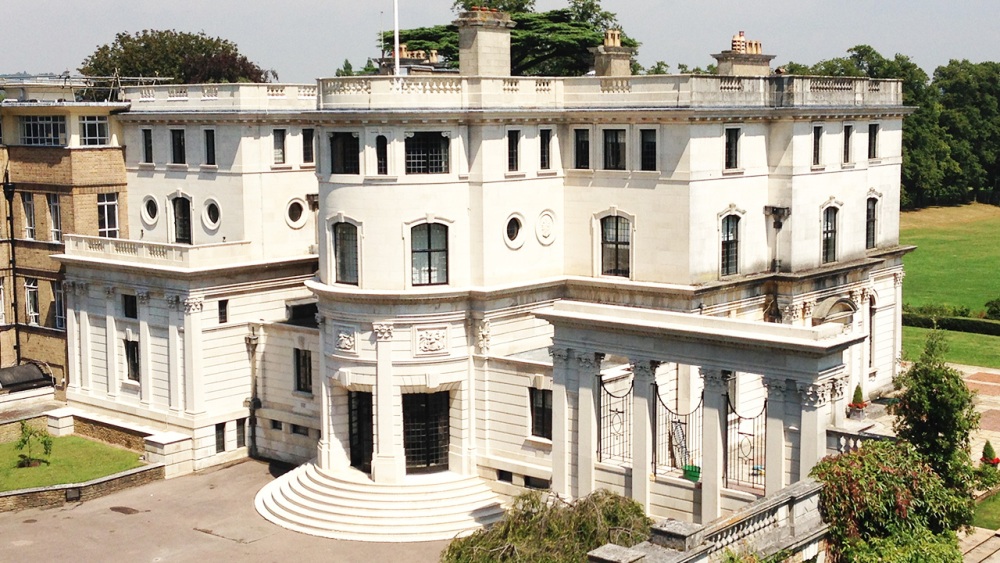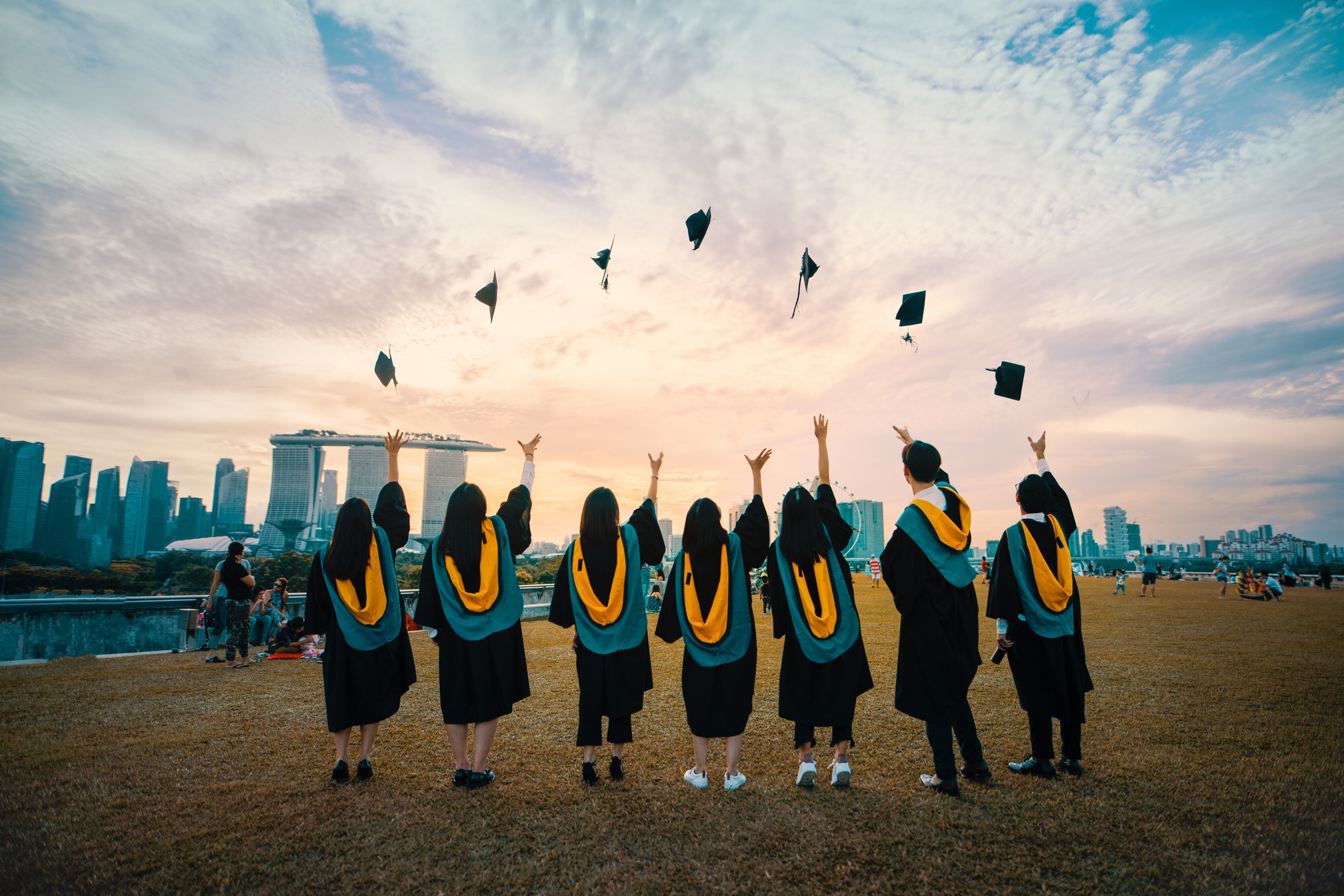The first-ever India-China JWG education meeting was held in Beijing, and various issues were tabled. Both parties discussed several attributes of their respective education structures.
The India-China JWG education meeting was pivotal as both nations considerably explored cooperation areas. The collaboration made was intended at optimizing the quality of education being offered. The Joint Working Group (JWG)
The prosperity of the India-China JWG education meeting
The Indian Embassy’s press release noted:
Discussion was also held on exploring the possibility of signing an agreement on mutual recognition of qualifications as well as promoting greater student exchange.
The presentations offered during the India-China JWG education meeting were objective. The Indian delegation was headed by, Madan Mohan, the Additional Director General (ICC) in the Ministry of Human Resource Development and various insights were given.
For instance, the Global Initiative of Academic Networks (GIAN), Scheme for Promotion of Academic and Research Collaboration (SPARC), Study in India Programme, and Study Webs of Active Learning for Young Aspiring Minds (SWAYAM).
On the other hand, the Chinese delegation was led by Fang Jun, the Deputy Director-General of the Department of International Cooperation and Exchanges in the Ministry of Education.
India-China JWG education meeting pivotal in students exchanges
The India-China JWG education meeting made incredible steps in boosting student exchange programs between the two nations.
Presently, at least 23,000 Indian students are enrolled for distinctive courses in Chinese universities. Interestingly, over 21,000 of them have been admitted to study medicine.

Expressly, China’s institutions for higher education are populated by approximately 500,000 international students as of recent data. The country is starting to emerge as one of the premier destinations for international students.
Over the last decade, the number of international students coming to China has drastically increased. The Chinese government was lauded for its extra effort in making China a competitive ground for higher education.
Several international schools have also opened branches in China through the country’s free trade zone policies. One of China’s most recent feats was the Cambridge-Nanjing research and development partnership.
Looking back at India-China bilateral relations…
On 1 April 1950, India became the first non-socialist bloc country to establish diplomatic relations with the People’s Republic of China. Prime Minister Nehru visited China in October 1954. While the India-China border conflict in 1962 was a serious setback to ties, Prime Minister Rajiv Gandhi’s landmark visit in 1988 began a phase of improvement in bilateral relations.
In 1993, the signing of an Agreement on the Maintenance of Peace and Tranquility along the Line of Actual Control (LAC) on the India-China Border Areas during Prime Minister Narasimha Rao’s visit reflected the growing stability and substance in bilateral ties.







